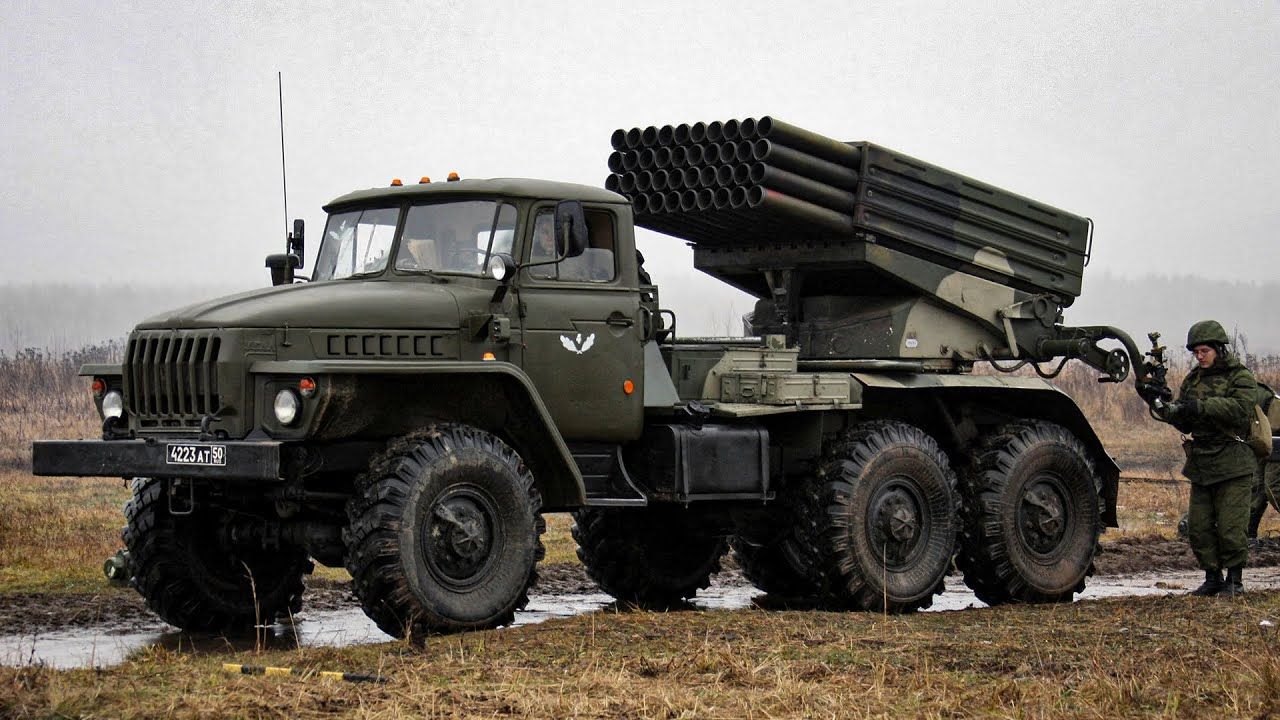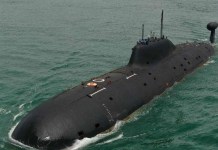Russian troops have revealed new tactics where drones allow them to hit the Ukrainian troop formations and their systems with the first shot, giving them a massive tactical advantage.
The commander of the platoon going by the call sign “Skachok” in the Novorossiysk mountain of the Airborne Forces from the “Dnepr” group told RIA Novosti that adjustment from drones allows the Grad Multiple Rocket Launch System (MLRS) to hit units of the Armed Forces of Ukraine with – almost –the first shots.
“Thanks to modern technologies, drones make adjustments, allowing us to locate and hit the targets. Sometimes, it happens in the first shot, so we hit the target in one go. Sometimes, a little proofreading is done when the winds are strong. But after one proofreading, the rocket flies to the target,” he noted.
“Adjustment” here refers to when overhead drones help correct firing. These overhead drones deployed by Russian troops help gunners and rocketeers send rounds accurately with their video feed sent back to the ground controller. This either happens at the first instance when targets are spotted by the drones or at subsequent firings when the crews see their discharges not falling on the targets.
Artillery fire is inaccurate due to several reasons, including mistakes in the gun’s or the target’s position, weather, aiming sight calibration issues, and differences in propellant amounts across shell batches. However, adjusted fire can be used to offset the loss.
Before this, Forward Observation Officers (FOO) located a few kilometers ahead of the gunners relay the target’s distance. The gunners then use complex math to determine the round type and elevation of the gun to fire the round. Typically, the initial few rounds weren’t always on target, thus the gunners had to recalculate the calculations once FOOs communicated that. Initially, rounds were mostly trial and error.

However, since gunnery teams can view the target with their own “eyes” while using drones, their first estimations are more likely to be accurate. This reduces the instances of inaccurate firing and the ensuing time-consuming process of recalculating the math by having to rely on FOOs (or another set of ‘eyes’).
Due to their ability to fly directly overhead and approach up close, modern drones offer a far bigger advantage. This solves the parallax issue, which might make it difficult to determine exactly how near a shell is to its target if it lands between the gunner and the adversary. It is significantly simpler to aim shots at a target with the drone’s bird’s eye view.
The Commander said the division’s area of responsibility is located near the settlement of Rabobino in the Zaporizhzhia region. He also informed the publication that his unit worked with other units to carry out precision attacks on Ukrainian targets.
“There was a run (AFU) on Rabobino, the motorized rifle regiment worked, we helped — we entered into interspecific interaction, we were given a target designation, and we worked on the goals. The main activity of the rocket artillery is the suppression of the enemy in the rear points so that he cannot move to the aid of his advanced detachments, which are fighting with our attack aircraft,” the officer said.
During this war, both Russian and Ukrainian troops have used drones for fire adjustment several times. The situation is conducive for the Russians since Moscow has deep coffers when it comes to drones, both reconnaissance and combat types. It has also extensively deployed First-Person View (FPV) drones to carry out precision attacks on Ukraine.
That method may not still be fool-proof. With Ukrainian air defense getting better by the day, the drones dispatched by Russia are often shot down. On the evening of March 19, for instance, Ukrainian Air Force anti-aircraft gunners on one of the southern fronts shot down a Russian reconnaissance drone that was adjusting Russian artillery fire.
Ukraine may shoot down these drones by deploying additional air defense systems and jammers. However, experts say Moscow’s forces have an advantage on the battlefield since Russia has a huge arsenal of drones that it can deploy, leaving Ukraine to use its limited and valuable air defense missiles or anti-aircraft munitions to bring these low-cost UAVs down.
The fighting between the two sides has once again become more intense. Ukraine used its long-range Storm Shadow missiles to sink Russian ships and avenge the losses caused by a very heavy aerial strike carried out on Ukrainian cities earlier this week.
Ukraine Strikes At Russia’s BSF Again!
On the night of March 23, 2024, Ukrainian forces conducted a daring military operation in which they launched a devastating strike on important Russian naval assets in Crimea.
The Russian Navy Ropucha-class landing ships “Azov” and “Yamal,” in their berths in the Crimean port of Sevastopol, were successfully targeted and destroyed by the Ukrainian military using Storm Shadow cruise missiles, a cutting-edge weapon in Kyiv’s arsenal.
Concurrently, the Russian Black Sea Fleet Communications Center in Sevastopol was severely damaged by three Storm Shadow air-launched cruise missiles, severely impairing the Russian Federation’s naval capabilities and infrastructure in the strategically significant Black Sea region.
Great news 🔥
-2 russian ships.
Overnight, the Ukrainian Air Force successfully struck "Yamal" and "Azov" Ropucha-class landing ships in temporarily occupied Sevastopol.
In addition, the russian Black Sea Fleet's communications center and several infrastructure facilities were… pic.twitter.com/EdGhK18nxf— Defense of Ukraine (@DefenceU) March 24, 2024
In a Telegram post on March 24, 2024, Mikhail Razvozhaev, the Russia-installed governor of Sevastopol, confirmed the incident and called it a “massive overnight missile attack” by Kyiv.
A sequence of massive explosions in the city is captured on camera, shooting thick black smoke and fireballs skyward, according to a video uploaded to a local Telegram channel. In the distance, there’s another fireball visible.
Ukraine said the Yamal and the Azov were the two amphibious landing ships that were struck. It took some time to determine the full extent of the devastation.
Explosions in Sevastopol. Air raid sirens are sounding in the city.
The Kerch Bridge has been closed for traffic.
"Several aerial targets were shot down in Sevastopol," the so-called "governor" Razvozhayev said.
Crimean Telegram channels report hits in the headquarters of… pic.twitter.com/6koO0e5bBZ
— Anton Gerashchenko (@Gerashchenko_en) March 23, 2024
Commander of the Ukrainian Air Force Mykola Oleshchuk praised the strikes on social media, writing, “The sky and the sea are of the same color! I thank the pilots and navy for their successful combat work! Crimea is ours! To the victory together!”
The attack is part of a string of deliberate attacks by Ukraine meant to weaken the Russian Navy’s sea power and capacity for logistical assistance in the Black Sea. Military observers have said that these attacks highlight Kyiv’s increasing military prowess and its resolve to retake Crimea, which Russia occupied in 2014.
- Contact the author at sakshi.tiwari9555 (at) gmail.com
- Follow EurAsian Times on Google News




